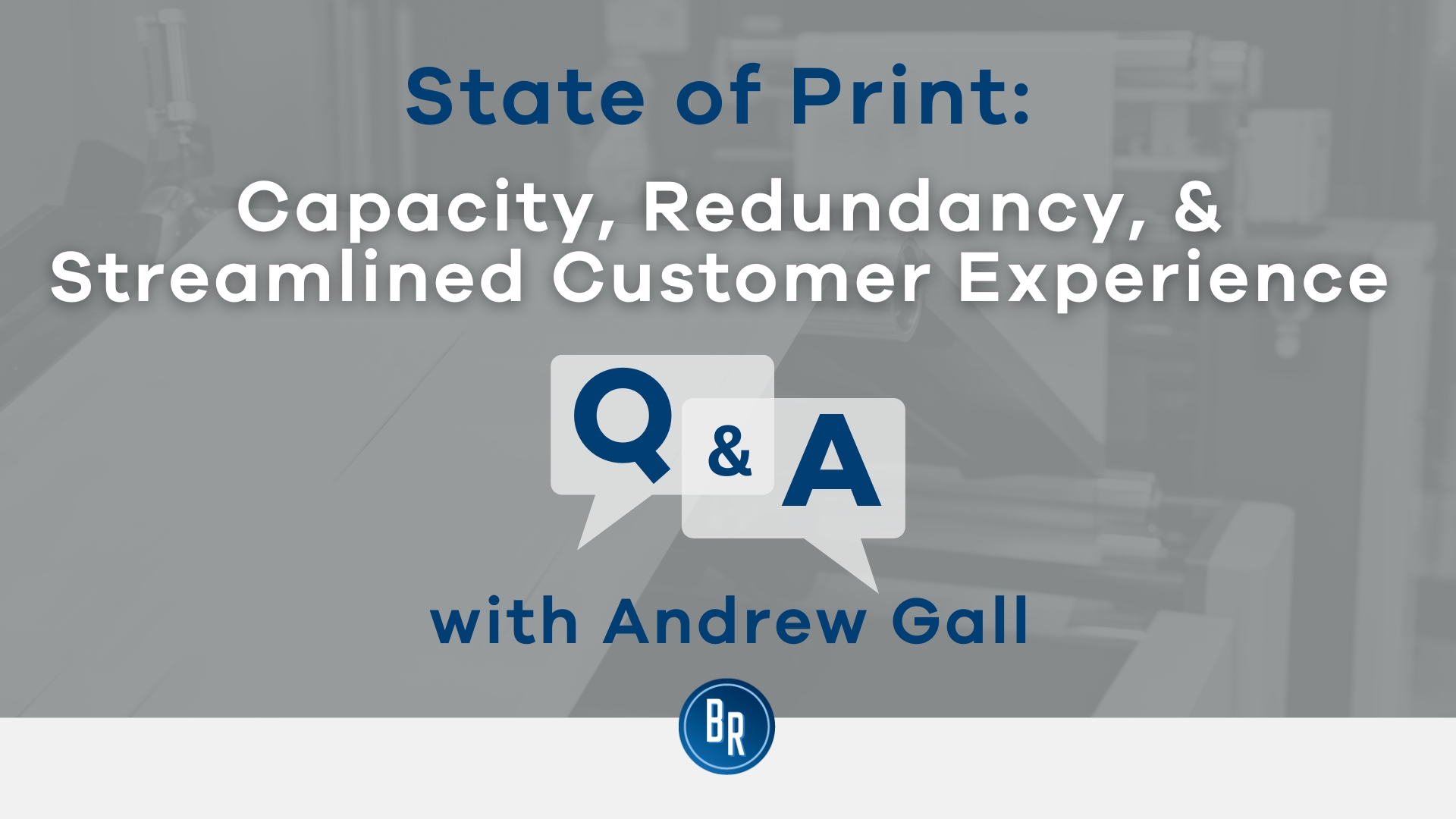Checking Out the Operational Characteristics of Company Redundancy and Its Long-Term Sustainability

Redundancy Approaches for Company Connection
In order to guarantee undisturbed procedures, businesses need to execute reliable redundancy approaches for company continuity. Redundancy in this context describes the duplication of essential components or functions within a system to alleviate the influence of potential failures. By integrating redundancy methods, organizations can improve their durability versus disturbances triggered by various elements such as natural calamities, equipment failures, or cyber-attacks.
One usual redundancy strategy is the application of back-up systems and data storage remedies. This involves producing duplicates of necessary information and systems that can be triggered in situation of a main system failure. Furthermore, organizations can establish repetitive communication networks and source of power to preserve connectivity and procedures during unexpected events.
Additionally, cross-training staff members to carry out several roles within the company can work as a beneficial redundancy approach. This makes certain that essential jobs can still be executed also if vital employees are unavailable as a result of ailment or other reasons. In general, efficient redundancy methods are important for services to support operational continuity and lessen the impact of potential disruptions.
Impact of Redundancy on Business Resilience
Given the important duty redundancy methods play in ensuring business continuity, discovering the influence of redundancy on business resilience becomes essential for understanding the holistic operational characteristics of a firm. Organizational resilience describes an entity's capability to adapt to interruptions, recoup from obstacles, and change when essential while maintaining core features. Redundancy, when strategically applied, can significantly add to boosting an organization's strength when faced with unexpected difficulties. By having backup systems, employees, or procedures in position, business can better endure shocks and continue operations with marginal disruption.
In addition, redundancy can strengthen worker spirits and self-confidence, understanding that there are contingency strategies in area to address unanticipated conditions. This feeling of safety and security can result in boosted productivity and a much more favorable job atmosphere. In addition, redundancy can foster development and creative thinking within an organization as employees really feel empowered to take computed threats, understanding that there is a safeguard to support them in situation of failure. Generally, the effect of redundancy on business resilience is extensive, shaping the long-lasting sustainability and success of a business.
Balancing Efficiency and Versatility in Redundancy
Accomplishing an unified equilibrium between functional effectiveness and adaptive adaptability is a pivotal redundancy pay if company goes bust difficulty in the tactical release of redundancy within organizations. As well much versatility without a strong functional foundation can result in inefficiencies and incongruity.
To balance effectiveness and flexibility in redundancy planning, organizations should carefully evaluate their operational needs, market dynamics, and calculated objectives. Implementing lean methods can enhance effectiveness by eliminating and streamlining processes waste, while promoting a culture of versatility and continual enhancement can enhance adaptability. Furthermore, investing in cross-training programs and robust communication channels can assist cultivate a flexible workforce with the ability of managing diverse tasks throughout periods of transition. Ultimately, finding the right stability between efficiency and adaptability is essential for building a resilient and lasting company when faced with uncertainty.
Long-Term Sustainability Through Redundancy Preparation
To ensure enduring practicality and stability, organizations have to tactically align their redundancy planning with long-lasting sustainability goals, thus integrating functional performance with flexible flexibility. Business must watch redundancy not as a responsive service to immediate problems however as a proactive method for long-lasting success.

Aggressive Actions for Sustainable Company Procedures
How can firms proactively enhance their operational sustainability for long-term success? Executing proactive measures is vital for business intending to make certain sustainable procedures. One key technique is to purchase innovation and development to streamline procedures, lower waste, and remain competitive out there. Taking on lasting techniques such as reducing power usage, decreasing carbon impact, and enhancing resource utilization can not only profit the environment however additionally lead to set you back financial savings in the future.
In addition, cultivating a society of continual renovation and understanding within the organization can improve flexibility to altering market conditions and customer demands. Motivating staff member involvement in decision-making processes and giving chances for expert growth can enhance spirits, efficiency, and overall efficiency. Developing clear objectives, keeping an eye on vital performance indicators, and routinely evaluating development are crucial components of aggressive sustainability management.
Teaming up with distributors, consumers, and other stakeholders to promote lasting practices throughout the supply chain can develop a causal sequence of positive influence - redundancy pay if company goes bust. By taking positive steps in the direction of operational sustainability, business can construct durability, drive innovation, and safeguard their long-term success in an ever-evolving service landscape
Conclusion

In the realm of business management, the calculated deployment of firm redundancy stands as a pivotal yet elaborate technique that requires a delicate equilibrium in between functional effectiveness and long-term feasibility. By dissecting the functional characteristics that underpin business redundancy and evaluating its more comprehensive implications for business resilience and versatility, a nuanced understanding of just how redundancy techniques can form the future trajectory of a business starts to unfold.Provided the critical function redundancy approaches play in making sure company connection, discovering the influence of redundancy on organizational strength comes to be necessary for recognizing the all natural functional dynamics of a business. On the whole, the effect of redundancy on organizational strength is extensive, shaping the lasting sustainability and success of a firm.
In conclusion, comprehending the operational dynamics of business redundancy is vital for making certain long-term sustainability.
Comments on “Redundancy Pay If Company Goes Bust: Comprehending Your Entitlements in the UK”